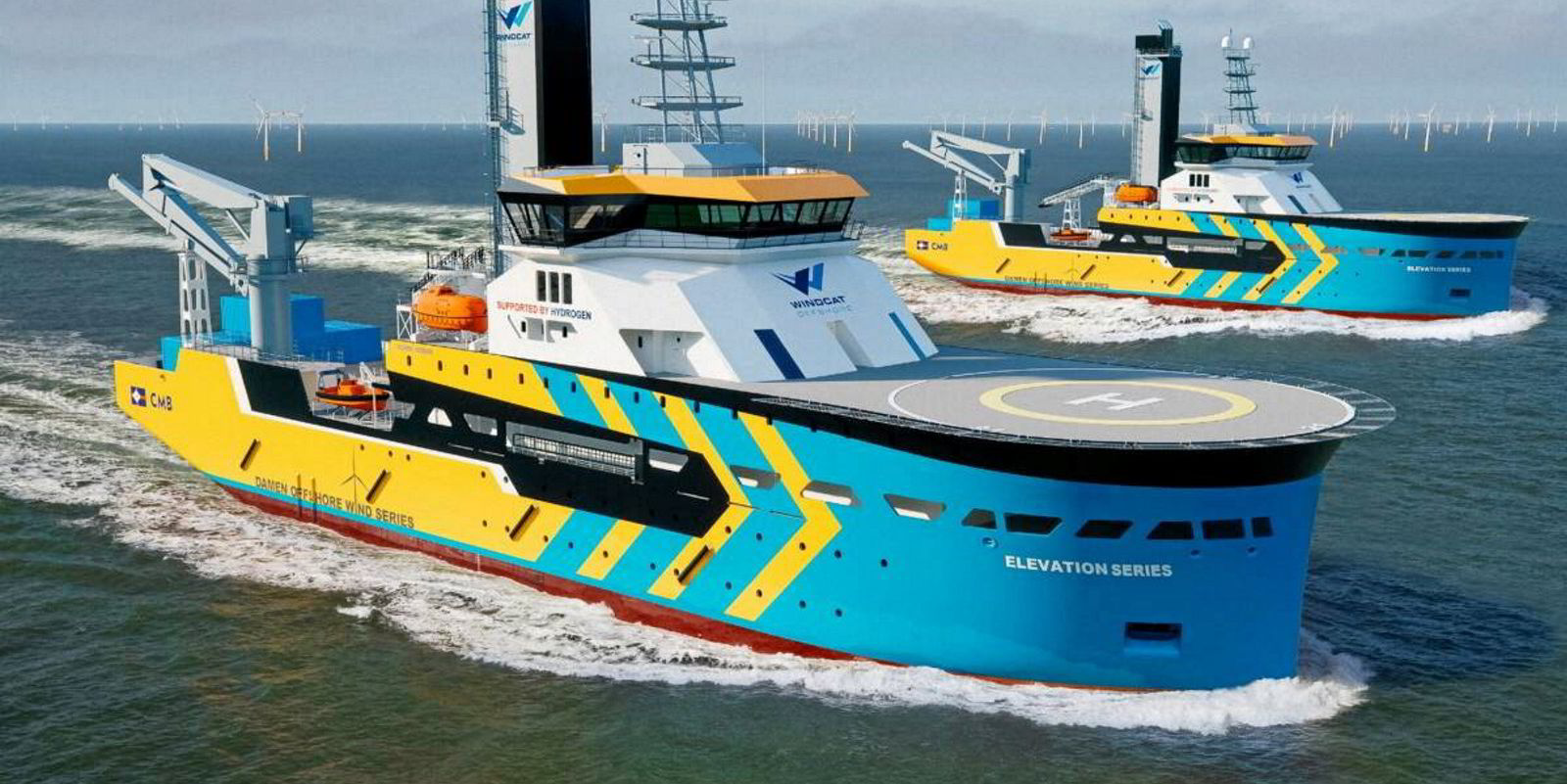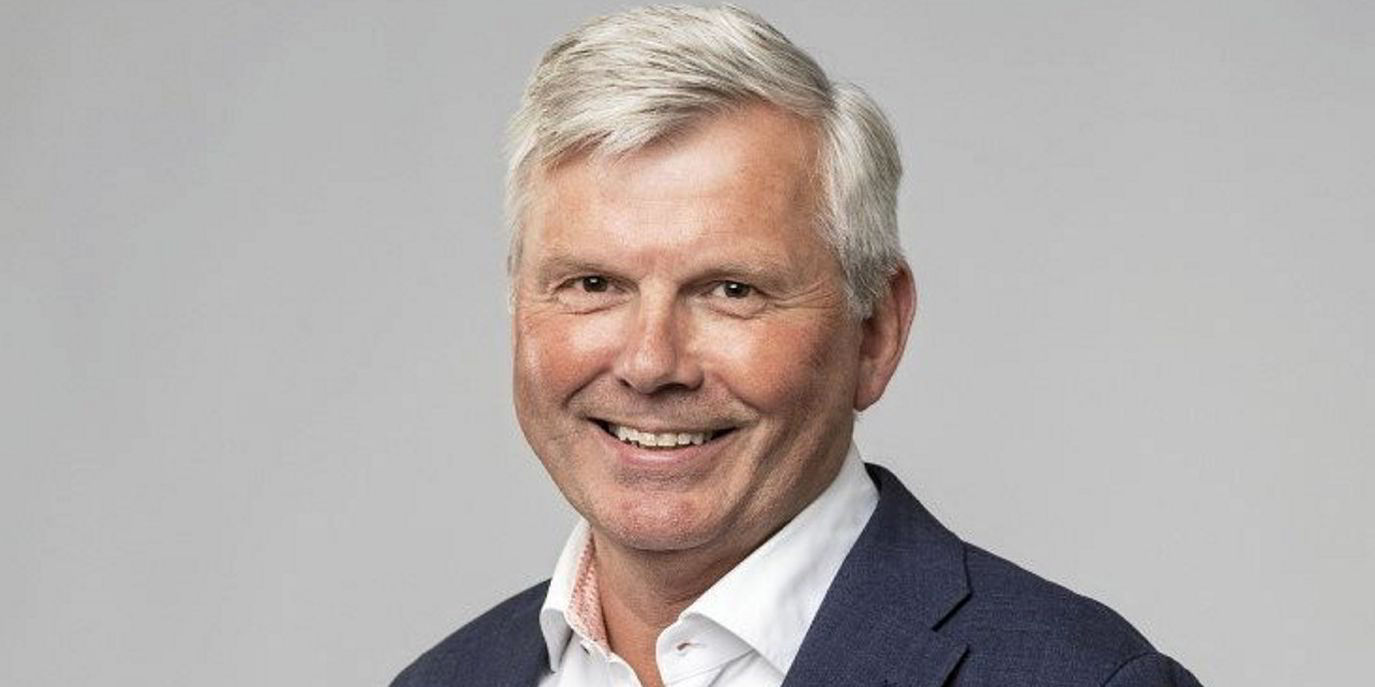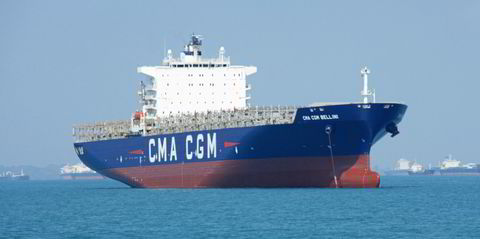CMB-owned Windcat Workboats is stepping up its drive into hydrogen-powered wind farm shipping.
The company has ordered a series of commissioning service operation vessels (CSOVs) in Vietnam.
The design has been developed with Dutch shipbuilder Damen Shipyards and Saverys family-controlled clean shipping company CMB.Tech.
Known as the “Elevation Series”, no price has been given for the vessels.
The initial order is for two firm ships, with options for more. The units will be 87 metres long and 20 metres wide, accommodating 120 people on board.
Delivery is set for 2025 from Ha Long Shipyard.
A CSOV is a vessel that remains in an offshore wind farm for an extended period of up to 30 days, providing maintenance materials and housing technicians in hotel-style accommodation.
CMB bought Windcat in 2020.
Alexander Saverys, chief executive of CMB, said: "We are very proud and happy that less than two years after the integration of Windcat into the CMB family, we are able to take a significant strategic step by investing in these state-of-the-art CSOVs and leverage CMB.Tech’s hydrogen know-how to bring hydrogen to the offshore wind industry."
In September, Windcat put pen to paper on six more hydrogen-powered crew transfer vessels (CTVs) after a successful trial.
A revolution in offshore shipping
The company, based in the Netherlands and the UK, launched the revolutionary Hydrocat 48 in May.
Following delivery and trials with charterer Vestas, Windcat, together with its joint venture partners TSM and FRS, will now take delivery of six more of the ships by 2024.
The vessels can store hydrogen on board and also run on diesel.
They can cut traditional fuel consumption and associated emissions by up to 80%.
No cost or shipyard for the order has been revealed.
The new order includes four vessels of the 25-metre MK3.5H2 series, two of which were to be delivered in 2022 and two in 2023.
Mono-fuel option sought
The first of these will be used in the German offshore market and will be operated by the joint-venture partner FRS Windcat.
The other two CTVs will be new MK5 types, 27-metre-long vessels, with double the hydrogen capacity of the MK3.5H2 series.
The long-term plan is to develop the technology and infrastructure to eventually enable a mono-fuel option through the internal combustion engine.
The companies are working on ways of delivering hydrogen to the ships.
These include a 40ft 500-bar trailer capable of transporting the fuel, to enable bunkering in various port locations that are a distance from the hydrogen source.





